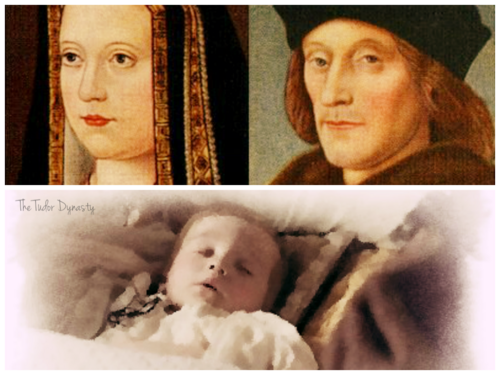-
Today in Tudor History...
2 July 1214 - Battle of La Roche-aux-Moines
The Battle of Roche-au-Moine was a battle between the Kingdom of France and the Kingdom of England in 1214. When John besieged the castle, he retreated after he was refused support from Angevin nobles.

1298 - The Battle of Göllheim
The Battle of Göllheim was fought on 2 July 1298 between Albert I of Habsburg and Adolf of Nassau-Weilburg.
1298 – Death of Adolf, King of Germany
1363 – Birth of Maria, Queen of Sicily
1489 - Birth of Thomas Cranmer ,leader of the English Reformation and Archbishop of Canterbury during the reigns of Henry VIII, Edward VI and, for a short time, Mary I. He helped build the case for the annulment of Henry's marriage to Catherine of Aragon, which was one of the causes of the separation of the English Church from union with the Holy See. Along with Thomas Cromwell, he supported the principle of Royal Supremacy, in which the king was considered sovereign over the Church within his realm.
During Cranmer's tenure as Archbishop of Canterbury, he was responsible for establishing the first doctrinal and liturgical structures of the reformed Church of England. Under Henry's rule, Cranmer did not make many radical changes in the Church, due to power struggles between religious conservatives and reformers. However, he succeeded in publishing the first officially authorised vernacular service, the Exhortation and Litany.
When Edward came to the throne, Cranmer was able to promote major reforms. He wrote and compiled the first two editions of the Book of Common Prayer, a complete liturgy for the English Church. With the assistance of several Continental reformers to whom he gave refuge, he developed new doctrinal standards in areas such as the Eucharist, clerical celibacy, the role of images in places of worship, and the veneration of saints. Cranmer promulgated the new doctrines through the Prayer Book, the Homilies and other publications.
After the accession of the Roman Catholic Mary I, Cranmer was put on trial for treason and heresy. Imprisoned for over two years and under pressure from Church authorities, he made several recantations and apparently reconciled himself with the Roman Catholic Church. However, on the day of his execution, he withdrew his recantations, to die a heretic to Roman Catholics and a martyr for the principles of the English Reformation. Cranmer's death was immortalised in John Foxe's Book of Martyrs and his legacy lives on within the Church of England through the Book of Common Prayer and the Thirty-Nine Articles, an Anglican statement of faith derived from his work.

1492 – Birth of Elizabeth Tudor,the second daughter and fourth child of Henry VII of England and Elizabeth of York.
Elizabeth spent much of her short life at the royal nursery of Eltham Palace, Kent, with her brother Prince Henry (the future King Henry VIII) and her sister Princess Margaret (later Queen of Scotland) under the guidance of a Lady Mistress, presided over by her mother. Elizabeth's oldest brother, Prince Arthur, as heir to the throne, was brought up separately in his own household. Just before her death, Henry VII proposed a marriage alliance between Elizabeth and the French Prince, Francis, who later became King Francis I of France.Princess Elizabeth died on Monday 14 September 1495 after suffering from Atrophy at the age of three years and two months. Elizabeth was brought from Eltham in state and buried on the north side of St. Edward the Confessor's Shrine in Westminster Abbey on Friday the 27th. Princess Elizabeth was the first of four of King Henry and Queen Elizabeth's children to die prematurely and they were greatly affected.
1503-Margaret Tudor departs Richmond Palace to begin her journey to Scotland. She made a stop at her grandmother Margaret Beaufort’s estate at Collyweston, and then continued on the way north.
Richard Grafton describes Margaret's journey to Scotland for her wedding:
"Thus this fair lady was conveyed with a great company of lords, ladies, knights, esquires and gentlemen until she came to Berwick and from there to a village called Lambton Kirk in Scotland where the king with the flower of Scotland was ready to receive her, to whom the earl of Northumberland according to his commission delivered her."
And later he says:
"Then this lady was taken to the town of Edinburgh, and there the day after King James IV in the presence of all his nobility married the said princess, and feasted the English lords, and showed them jousts and other pastimes, very honourably, after the fashion of this rude country. When all things were done and finished according to their commission the earl of Surrey with all the English lords and ladies returned to their country, giving more praise to the manhood than to the good manner and nature of Scotland."

1504 – Death of Stephen III of Moldavia
1536 - Thomas Cromwell appointed Keeper of the Privy Seal

1566 – Death of Nostradamus, French astrologer and author

source: http://tudorhistory.org/,wikipedia

